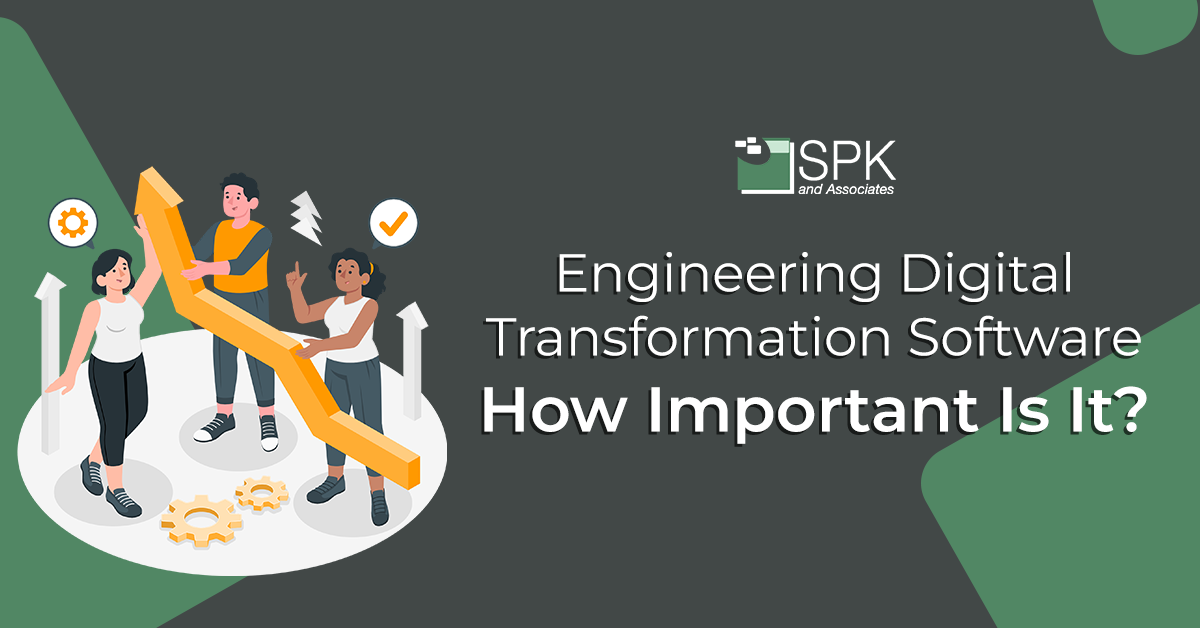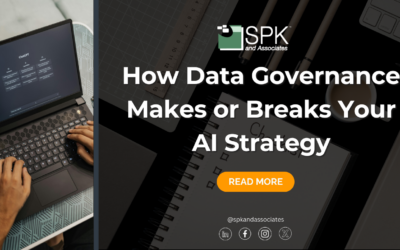Engineering Software Market Trends 2022 Shows Surprising Growth Rates
It’s fall, and ‘tis the season for market growth reports and forecasting.
The Engineering software industry is surprisingly robust these days. Recent market research predicts a compound annual growth rate (CAGR) of 9.7% between 2022 and 2026. Impressive, for a mature industry!
First, we’re going to take a look at the numbers. Then, we’ll dive into what factors are driving the renewed growth.
Engineering Software Market Growth Numbers
A recent Cambashi report breaks down this overall growth rate into subsectors.
BIM
First up, BIM – Building Information Modeling. BIM is the foundation of digital transformation in the architecture, engineering, and construction (AEC) industry.
Whilst parts of the AEC industry embraced computer models very early, the construction industry came later to engineering software. The report estimates a CAGR of 11.5% between 2021 and 2026 for this sector.
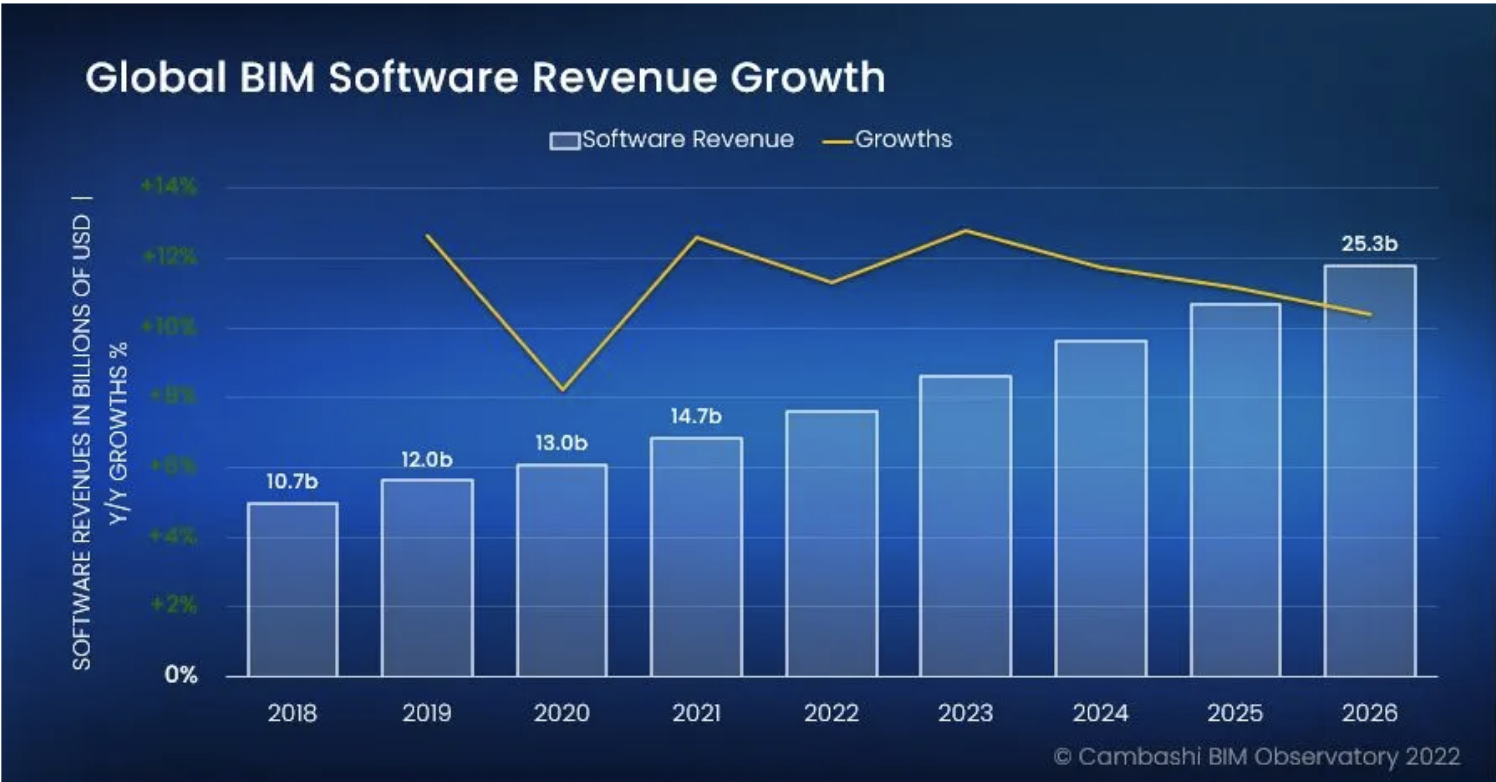
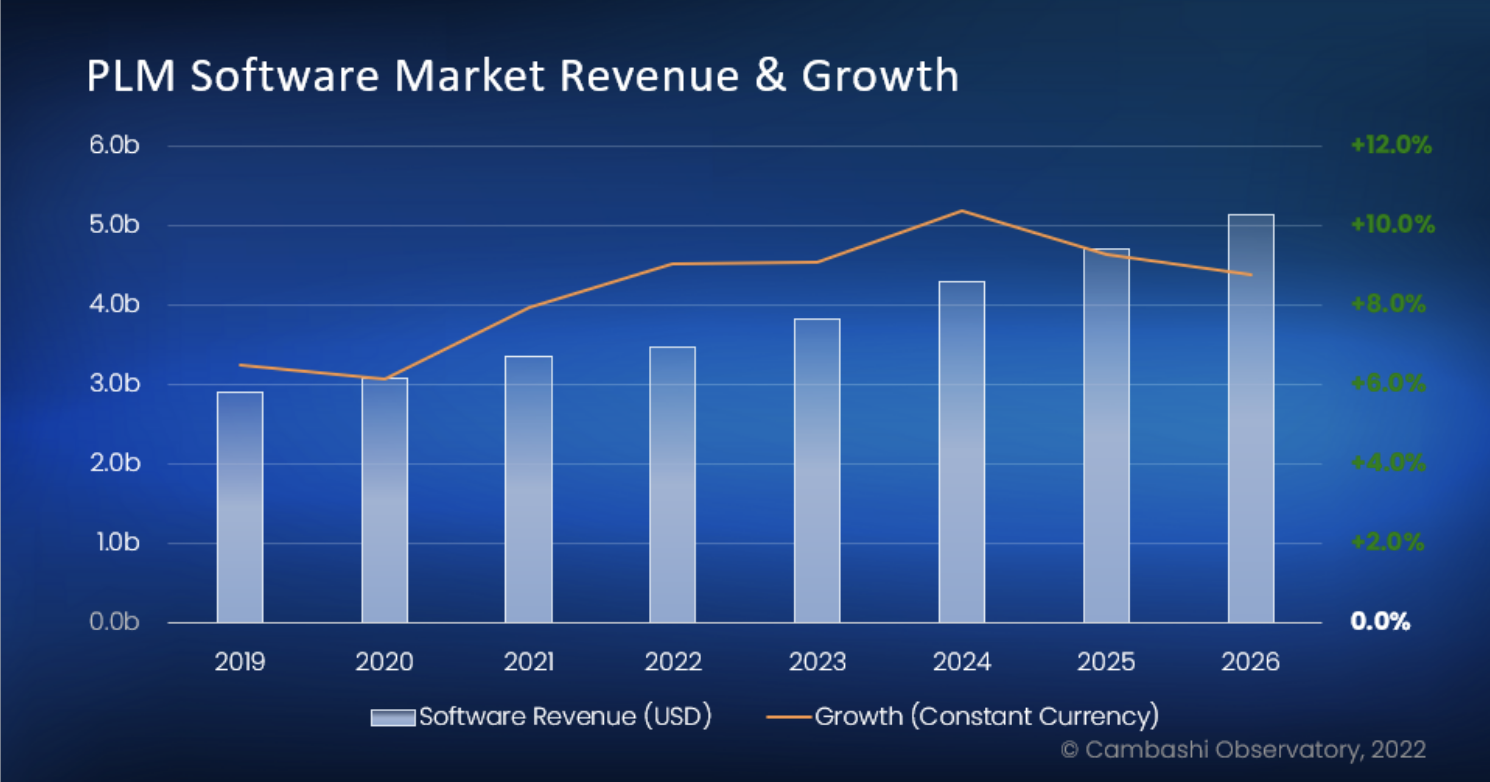
PLM
Next, how is Product Lifecycle Management (PLM) faring these days?
PLM software was developed in the early 2000’s. And it grew rapidly. Even though this is a mature industry, it received new life a few years ago with the advent of:
- the Internet of Things (IoT),
- Digital twins,
- The overall digital transformation of engineering.
Cambashi’s report estimates a CAGR of 8.8% for PLM (2021-2026).
CAD, CAM, CAE
Finally we come to the workhorse of engineering software, CAD, CAM, and CAE.
CAD software has been around since the early 1990’s, and created a revolution in 3D modeling for product development. And yet, it still is growing. Cambashi predicts a 9.8% CAGR for CAx apps between 2021-2026.
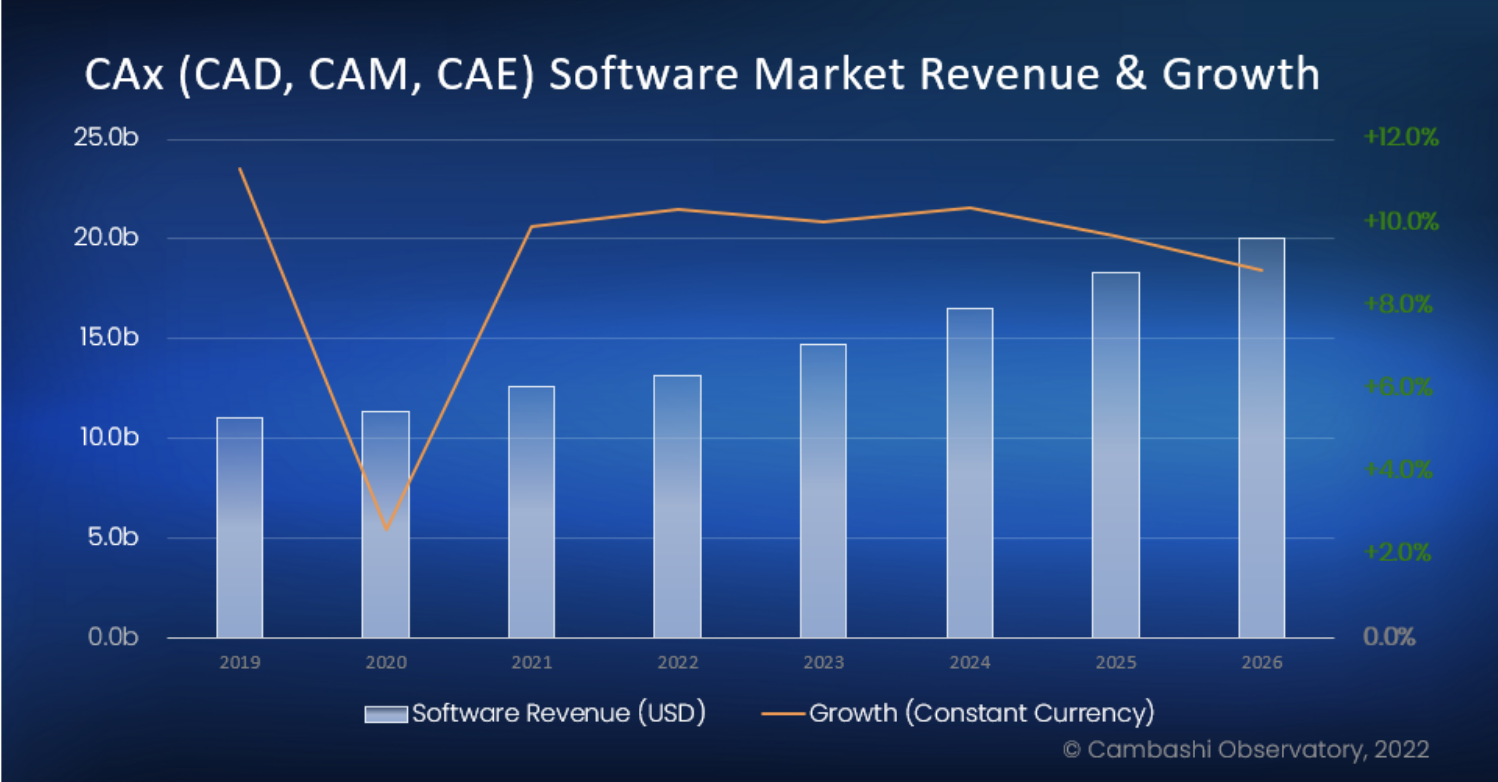
What Has Actually Changed?
There are a number of new contributing factors to the uptick in the engineering software market. But first, let’s look at these numbers more carefully. We’ll just focus on CAx and PLM, which are tightly coupled markets.
In order to get a clearer picture of what is actually changing, we’ll need to go back a few more years.
If you look at the actuals for the CAx sector from 2016 to 2018, you see a relatively flat industry, growing at 3.3%.
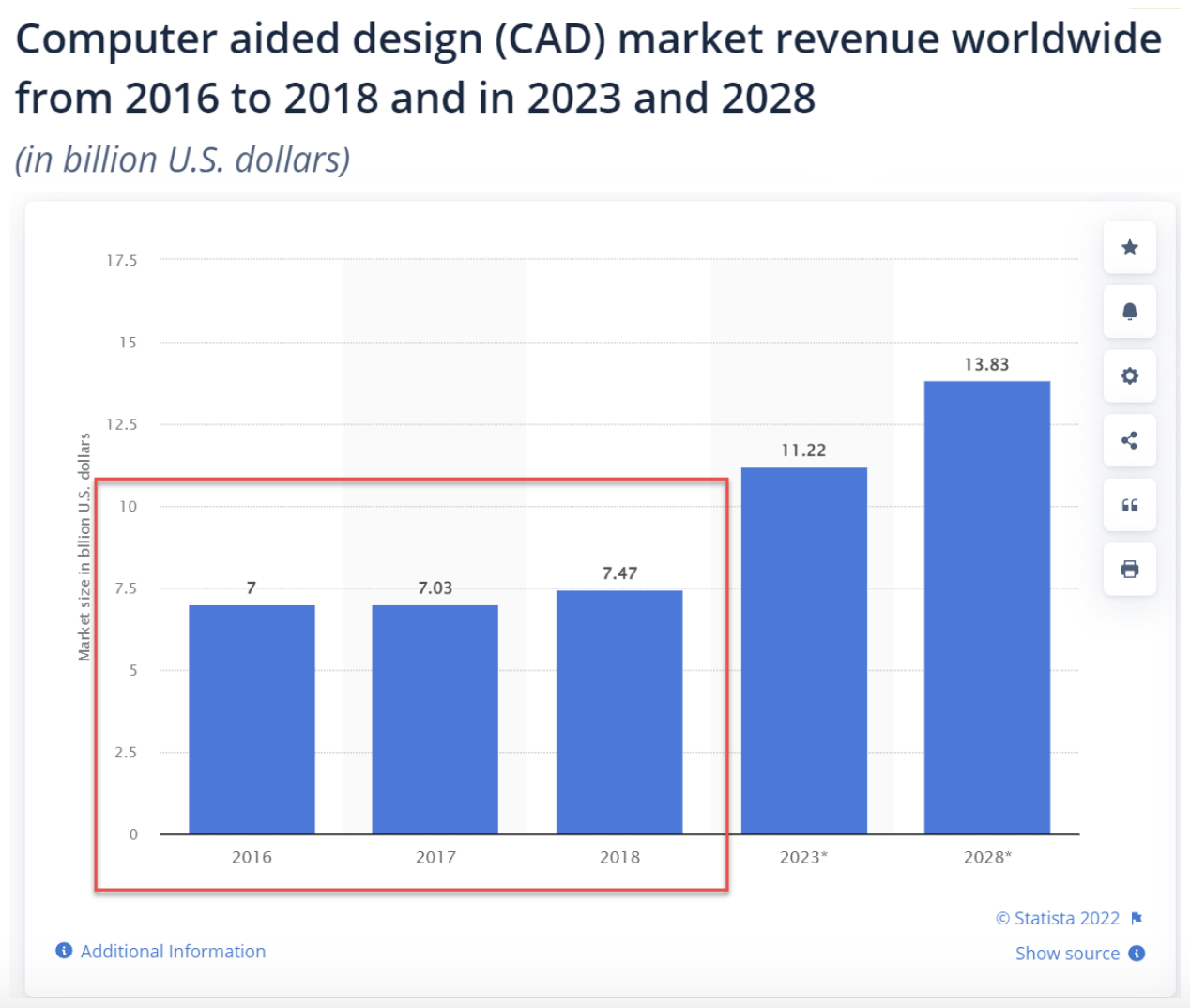
Then, just before COVID in 2019, the market surged upward. It grew at around 11.5% (see Cambashi graph above). With COVID, the growth dipped sharply in 2020, followed by a healthy move back to 10+% growth in 2021. The projections from Cambashi (and other reports we reviewed) have the CAx market continuing to grow at 10+%.
Turning to PLM, we see a similar story.
While we could not find comparable historical growth data for the PLM sector to this Cambashi report, we can see that the PLM sector grew modestly in 2019 at 6.2%.Then, at the beginning of 2021, growth increased to 8%. This is forecast to top 10% in 2024.
Then, just before COVID in 2019, the market surged upward. It grew at around 11.5% (see Cambashi graph above). With COVID, the growth dipped sharply in 2020, followed by a healthy move back to 10+% growth in 2021. The projections from Cambashi (and other reports we reviewed) have the CAx market continuing to grow at 10+%.
Turning to PLM, we see a similar story.
While we could not find comparable historical growth data for the PLM sector to this Cambashi report, we can see that the PLM sector grew modestly in 2019 at 6.2%.Then, at the beginning of 2021, growth increased to 8%. This is forecast to top 10% in 2024.
What Is Causing the Engineering Software Market Growth?
The standard answer is, of course, “it must be related to COVID.” Well, that is one factor, but certainly not the only one. And bear in mind that the CAx market started its uptick before COVID and the work from home social experiment.
But COVID certainly had an impact. First, perhaps for the first time ever, many product engineers started working remotely. While software engineers have done this for many years, product engineers tend to come into the office. CAD files are large, and the organization of mechanical and electronic data can be complex. It is easier to work in person.
But COVID forced almost everyone home. Then, both the CAx applications, PLM and PDM had to be in place and working well. PDM, in particular, became extremely important, as version control and software that supports remote collaboration became essential. It undoubtedly contributed to the spike in growth.
Supply Chain Shifts
COVID also had a radical effect on the global supply chain. Shifts in suppliers, material availability, shipping delays, and so on – undeniably, these caused disruptions that drove manufacturers to change. This kind of change and flexibility is only possible with engineering and manufacturing teams that have already evolved for digital transformation.
Cloud and SaaS
Cloud and Software as a Service (SaaS) have undoubtedly helped the CAx industry’s growth rate starting in 2019.
The CAx and PLM software companies began adopting Cloud and SaaS more earnestly. Now they have started to offer new application versions that are cloud-based or native cloud. This impelled adoption by companies that might have been holding out.
It also most likely promoted wider adoption within the manufacturing companies as it became easier to offer non-engineering employees access to the CAD tools and the data. It’s always easier when one can use an application without having to install and configure it on a laptop. Therefore, adoption increases.
Automation and Connected Applications
Automation of processes is a critical factor for this increased CAx and PLM growth. Manufacturers understand that the more automation and the less manual work engineers need to do, the more productive they are, the happier they are, the less the product development costs, and the higher the quality of the output.
Automation of processes requires software to support it. Both CAx and PLM applications are critical to successful automation in product development. Integrated or connected applications are absolutely necessary.
Climate Change and Sustainability.
Additionally, more people are actively aware of climate change. They are more conscious of adapting ways of working and their products. In order to reduce our carbon footprint, we must innovate, adapt our products, and our engineering and manufacturing practices. This is only possible with advanced technical applications. For example, the technological advancements in automotive products – electric vehicles, driver assisted software – are extraordinarily complex. Their resulting diminished carbon emissions would not be possible without advanced engineering software.
Digital Thread
The growing awareness of the need for a digital thread and the importance of digital twins has propelled adoption of engineering software. This is particularly true for PLM. Managing digital twins requires a product lifecycle management application. Many of the PLM vendors are investing heavily in this area of their software.
Conclusion
With a predicted compound annual growth rate (CAGR) of 9.7% between 2022 and 2026, the engineering software market trends are promising.
Whilst COVID brought an economic slur to the industry and many organizations alike, it holds true that businesses who stay in line with digital transformation are most likely to thrive.
Are you considering how robust your own business’s engineering software ecosystem is? Maybe you want to create a more integrated and connected application platform for your product development team? If so, you can contact us here for a no obligation discussion.


